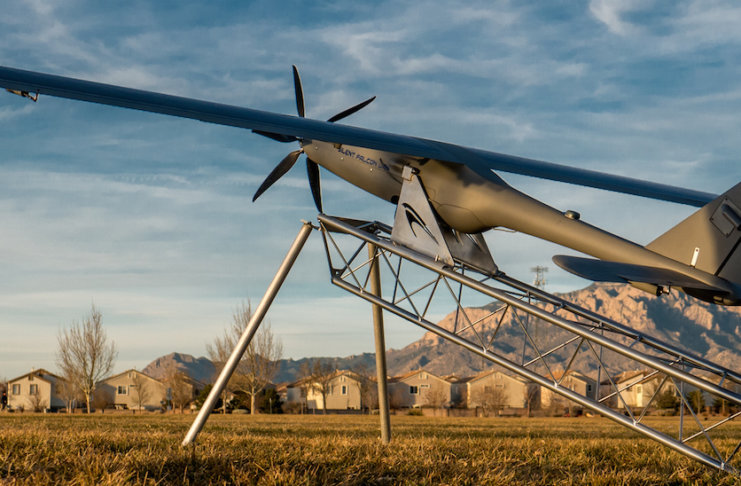PatR
Well-Known Member
For those with no previous aviation experience aside from automated small drones it can be difficult to understand why there are so many questions that on the surface seem to have no relevance to what they do. You found the answer. Just to let you know, it can be just as difficult for those (and there are many) that have a history with manned aviation and large drones to relate the importance of a wide knowledge base of the regulations and common practices.
The test encompasses things relevant to the National Airspace System, and all things piloted, be they manned or unmanned. Integrating drones of all sizes means they will have opportunity to mingle with manned aircraft, and all the dangers that could be generated by that integration.
Personally, I come from a 40+ year history with RC aircraft, manned aircraft, and military drones. The knowledge obtained in those endeavors carried over 100% in flying multirotors, allowing for safer operations and lower risk factors. Rarely are there any questions with who, what, where, or why. Those self resolve once you develop the knowledge base.
The test encompasses things relevant to the National Airspace System, and all things piloted, be they manned or unmanned. Integrating drones of all sizes means they will have opportunity to mingle with manned aircraft, and all the dangers that could be generated by that integration.
Personally, I come from a 40+ year history with RC aircraft, manned aircraft, and military drones. The knowledge obtained in those endeavors carried over 100% in flying multirotors, allowing for safer operations and lower risk factors. Rarely are there any questions with who, what, where, or why. Those self resolve once you develop the knowledge base.




